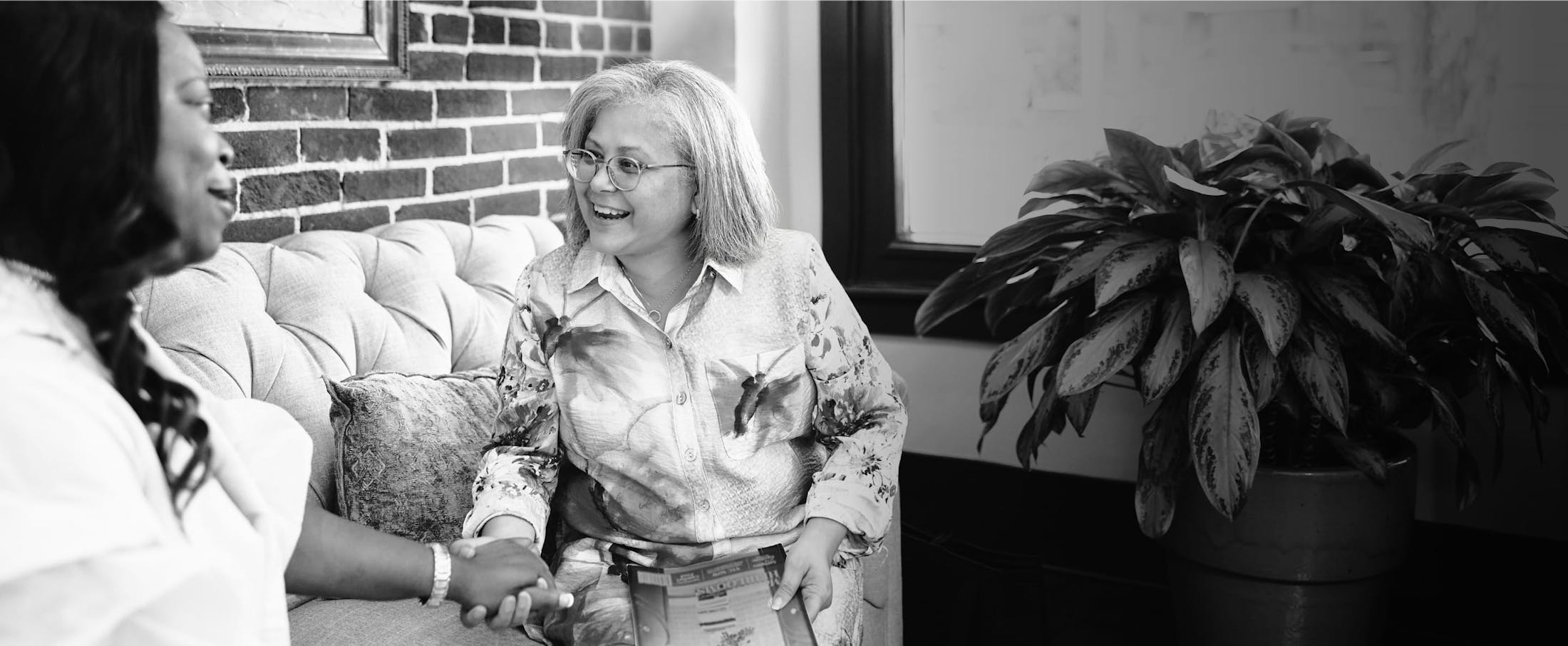PART I: THE CHALLENGE
By: William L. Bross
Quality care for the aging population is becoming increasingly important as the number of elder persons in the United States increases. Quality care encompasses not only medical assistance, but also, the availability of quality nursing home facilities. The search for quality nursing home facilities can lead many individuals through a maze of happiness, doubt, blame, and at times, hostility. There are many excellent facilities out there to choose from, however, finding the best one is not an easy task. This is especially evident when one picks up a publication or looks in the phone books and is overwhelmed by the choices out there.
This four part series will assist you in selecting the best facility for yourself or a loved one. Today, we will review the regulatory mechanisms that are in place to ensure that the facility you are considering is indeed a viable choice. Over the next installments in this series we will outline specific standards each facility is held accountable for, give you ideas of things to look for when visiting a facility and questions to ask, share with you valuable resources to use including public web sites, and let you know what types of complaints are usually filed against these facilities and what you should do if you encounter a problem.
The need for a quality nursing home facility is obvious to those individuals whom are no longer able to care for themselves and do not have someone available and willing to take care of them. The decision to place a loved one into a nursing home is a traumatic event for both the individual and the effected family members. The reasons for a person’s entry into a nursing home can also be key factors as to how vulnerable these same individuals are to abuse, neglect, and/or mistreatment. Reasons for resident vulnerability include: a greater level of disease or illness than others of their same age; the lack of family or a single family member to provide help, supervision and companionship; and the fact that many residents have a progressive degenerative disease and/or aging process. However, the importance of this decision might be the difference between life and death.
Fortunately, to assist individuals in the search for a safe-haven to place a loved one or one’s self, there have been extensive rules and regulations established by federal and state government agencies, to assure the public that certain guidelines are followed. Of particular importance is the fact that nursing homes must follow these guidelines in order to receive governmental Medicare and Medicaid funds for services provided to residents who would otherwise be unable to pay. The federal and state regulations address a wide variety of areas including: resident rights; quality of life; quality of care; nursing services; nutritional guidelines; and certifications and training of staff to name a few. The leading federal regulatory standards are found in the Requirements for States and Long-Term Care Facilities, 42 C.F.R. part 483; and the Omnibus Budget Reconciliation Act of 1987 (“OBRA”), popularly known as the Nursing Home Reform Act, 42 U.S.C. §13902-1395. The state standards that nursing homes must follow are the Rules of Alabama State Board of Health, Division of Licensure and Certification, Ala. Admin. Code chapter 420-5-10, and the Code of Alabama §22-21-20.
Familiarity with these rules and regulations would be beneficial when selecting the best nursing home for yourself or your loved one. We will summarize some of the requirements and standards for which they are held accountable in the next installment: What A Nursing Home Is Required to Provide.
Schedule a Free Legal Consultation Contact Us
Related Posts
Part II: What a nursing home is required to provide
Part III: Commonly encountered standards of care and what you should look for on a visit
Part IV: Sources available to assist in selecting a nursing home

